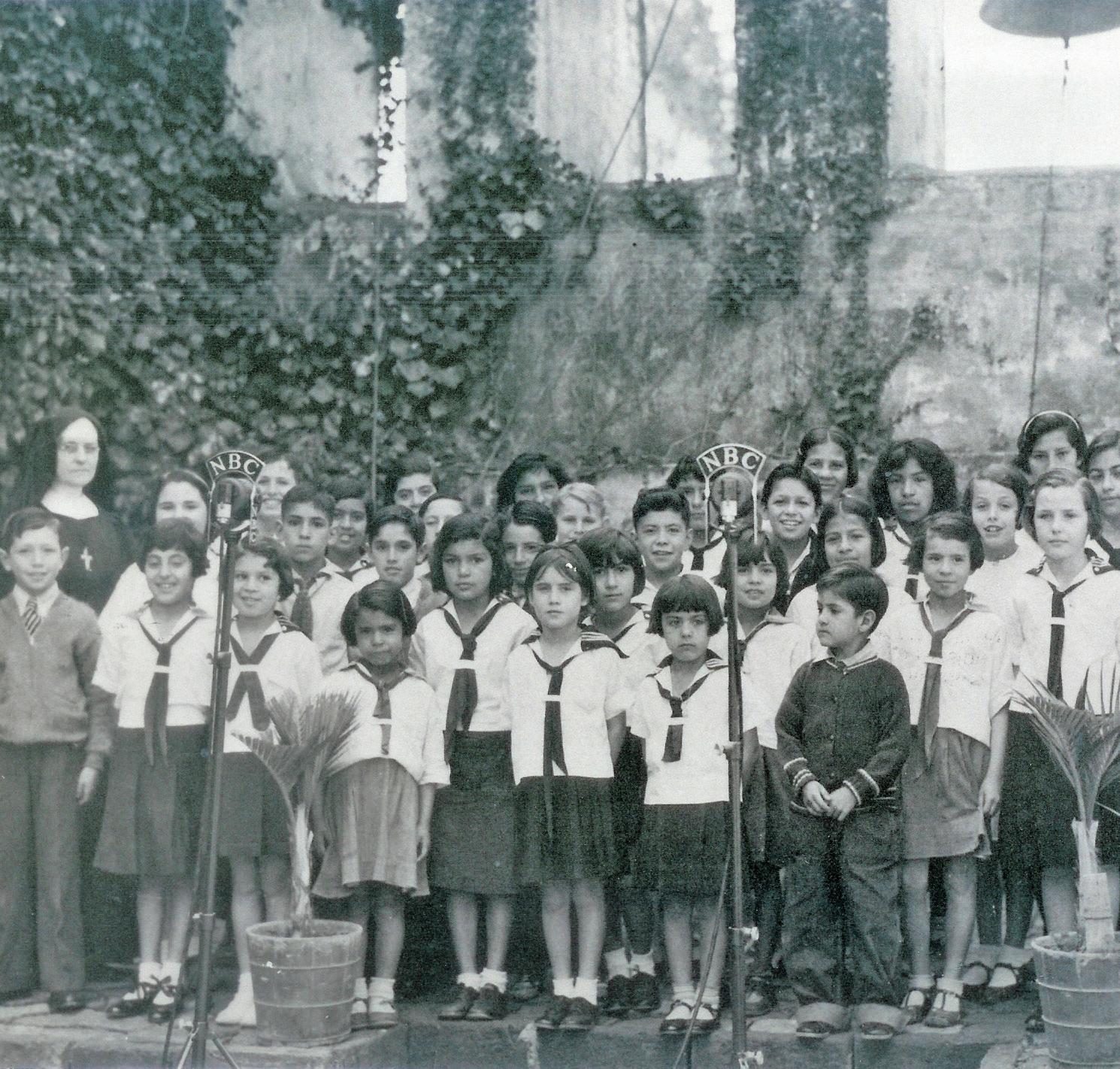
2 minute read
A STORY OF JOURNEY, SURVIVABILITY AND HOPE
MECHELLE LAWRENCE Adams is the embodiment of stewardship. In her 20-year role as executive director of Mission San Juan Capistrano, she has been dedicated to preserving the “jewel of the missions” — and inviting visitors of all ages, backgrounds and faiths to witness its beauty.
And after two decades, from where does she continue to draw inspiration?
Well, from the very grounds she first walked at the age of 10 during her first visit there, and the same grounds she now walks every day for her job. The very grounds where a saint once walked centuries ago.
St. Junipero Serra, a Franciscan missionary born in Spain, founded nine of California’s 21 missions, with Mission San Juan Capistrano being founded on Nov. 1, 1776.
And while the grounds were founded by a saint, they were built by Indigenous, baptized Catholics - the Acjachemen people.
“We look at their contributions as builders of the Mission with a sense of gratitude,” she said. "We strive to instill respect in everything we do for the original builders while also celebrating Serra’s founding of the Mission San Juan Capistrano."
The Heart Of The Mission
The heart of Mission San Juan Capistrano continues to be Serra Chapel, the only chapel still standing where St. Serra celebrated Mass.
Lawrence Adams said the Mission has records of the sacraments being celebrated there by St. Serra’s signature in the sacramental registries.
“It is the most historically significant chapel in California,” said Lawrence Adams, who works on behalf of the Mission Preservation Foundation.
Over the past 20 years, over $2 million has been invested into the care and stewardship of Serra Chapel.
“Serra Chapel reflects a lot of things — early California history, the ongoing celebration of the sacraments and the containments within the architectural setting itself being historically significant,”
The Evolution Of Serra Chapel
Lawrence Adams likens the life of Serra Chapel to the life of a human being. And just as we all do, the chapel has gone through many transformations.
It began with a birth – the Mission’s founding by St. Serra. After withstanding natural disasters, it started to age and during the secularization of the missions in the 1830s, came under private ownership before being returned to the Catholic Church by President Abraham Lincoln in 1865.
During the time it was privately owned, the family living there used Serra Chapel to store hay for their horses. Since the hay needed to stay dry, the family kept the roof intact.
“If they hadn’t kept the roof intact,” said Lawrence Adams, “it probably would have been lost to time and to erosion.”
The chapel was in the period of decay when Fr. John O’Sullivan came upon the scene in 1910, and he aimed to bring chapel back into use.
He started charging an admission fee to raise money for its care, thus beginning a 20th century era of preservation.
Many of the artifacts that are housed within the chapel today come from different eras because different improvements have happened over time.
For instance, the golden retablo altar piece is not original to the chapel. It was acquired in the early 1920s by Fr. O’Sullivan.

But due to its height, the retablo didn’t fit inside the chapel.
So, Fr. O’Sullivan expanded the area behind the sacristy to fit the retablo. Today, the bottom of the steps before the altar is where the chapel once ended.
A Place In Pop Culture
Fr. O’Sullivan also started the annual swallow celebration at the Mission and with Leon René’s composition if the song, “When the Swallows Return to Capistrano” in 1939, the Mission found itself to be a tourist destination.
St. Serra could not have envisioned that the Mission would one day belong to the world.
When Lawrence Adams arrived in her position in 2003, she said it was very clear








